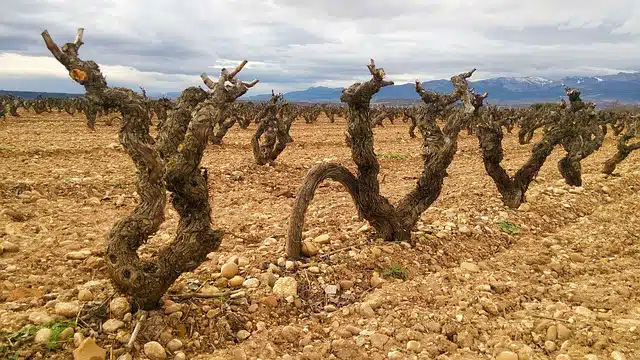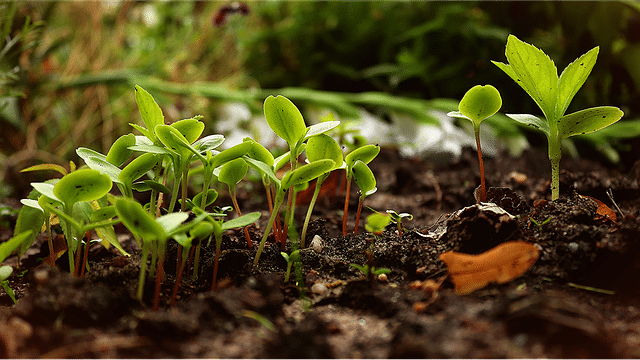
An elbow is called something curved like an elbow.
Acodo is a concept that is linked to the verb acodar : to curve something in the manner of an elbow (the prominent sector of the joint that joins the forearm to the arm, or that bent in an arc or angle).
The idea of layering is used in botany and agronomy to name a plant propagation mechanism . Layering, in this case, refers to bending the stem or stem of a plant to introduce it under the ground, so that it grows new roots there, but leaving its end outside.
Layering in plant reproduction
Layering, in this way, allows us to obtain new specimens that have the same characteristics of the original plant. By bending the stem and burying it, the sap is directed towards that sector, favoring the emergence of the roots. The ideal time to develop layering is spring, when the sap begins to move through the plant. It is important that the soil where the layering is carried out has a good level of humidity and is fresh.
Although terrestrial layering is the most common, you can also use aerial layering , which consists of layering branches that are high or thick, making ligatures so that the sap stops in one sector.
In other words, layering in botany is a technique that serves to make plants reproduce asexually , starting from a branch of the mother that has not yet been extracted from it, in which the sprout of the plants occurs. new roots. This branch should only be separated from the mother plant when the roots have emerged. As in other reproduction methods, the plants resulting from layering are identical to the original ones from a genetic point of view.

The layering technique makes the asexual reproduction of plants possible.
Development of the technique
The layering technique is more complex than that of cuttings, and therefore less common among gardening enthusiasts. Cuttings are fragments that we can extract from plants to obtain new specimens, after subjecting them to a specific process so that they generate roots.
One of the advantages of layering over cuttings is that it allows us to take advantage of the nutrients and water of the mother plant for the new roots . It should be noted that human intervention is not necessary for this process to take place in nature: on the contrary, it is observed in many cases in which the branches of a plant reach ground level and generate the so-called adventitious roots .
For their part, adventitious roots are those that do not arise from the radicle of the embryo, but are produced in any other part of the plant, such as in the old roots, underground stems or a part of the stem .
Tips to take advantage of the layering
As mentioned above, layering is not a simple technique, and that is why it is worth taking into account certain tips to obtain the best results:
* water with plenty of water, so that there is never a lack of moisture in the soil;
* make a slanted cut at the bottom of the buried portion of the branch. This promotes the birth of new roots;
* keep the stem in a dark area, either buried or covered with a mound of soil. The balance between humidity, light and heat is essential for the success of layering.
The notion in architecture
The notion of layering can also be used in architecture .
The projection of a voussoir (the sector that forms a vault or an arch) that extends in its lower part and the molding that protrudes to develop the surround of the opening is called a bend.
